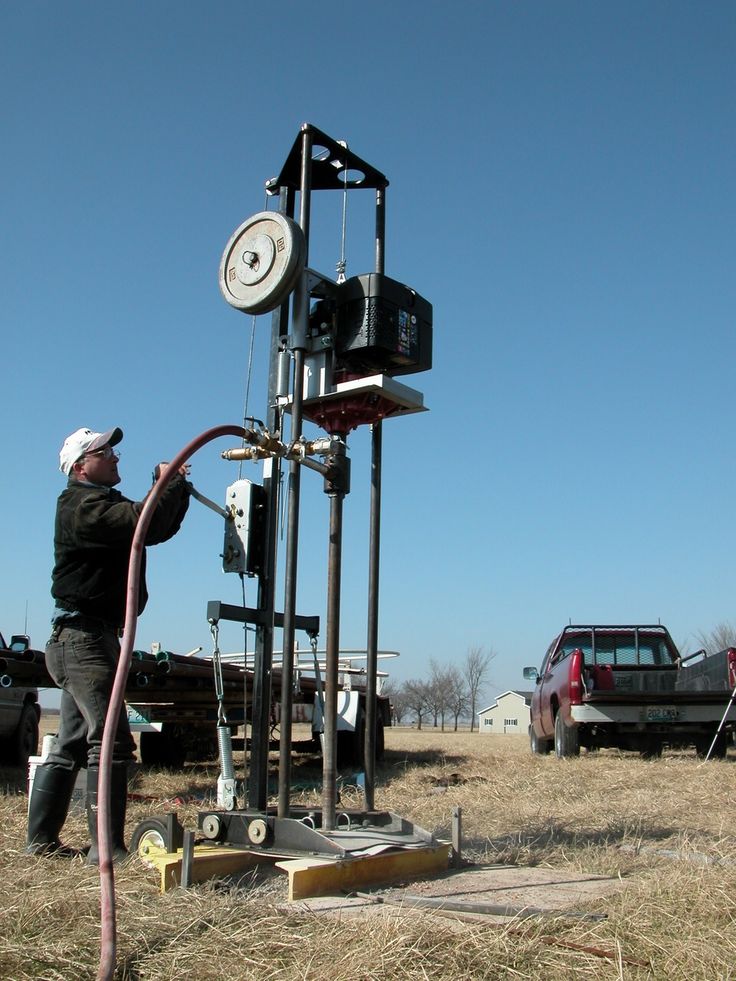**Soil exploration** is a crucial component of any construction project, yet it is often overlooked or rushed through in the planning stages. Understanding the composition and characteristics of the soil on a site is essential for determining the appropriate foundation design, excavation methods, and potential environmental impacts.
Read more about bohrbrunnen here.
What is Soil Exploration?
Read more about brunnenbau here.
**Soil exploration** involves gathering information about the soil properties at a construction site through various methods, such as drilling, sampling, and testing. This data helps engineers and architects make informed decisions about how to proceed with their projects, taking into account the soil’s capacity to support structures and withstand external forces.
The Benefits of Soil Exploration
Conducting thorough **soil exploration** can prevent costly delays and structural failures down the line. By understanding the soil conditions early on, designers can tailor their plans to account for potential issues, such as soil settlement, erosion, or contamination. This proactive approach can save time and money in the long run, as it allows for the implementation of appropriate solutions and preventative measures.
Additionally, **soil exploration** can also help minimize the environmental impact of construction projects. By identifying potential soil contaminants or sensitive ecosystems, developers can take steps to protect the surrounding environment and mitigate any potential harm during the construction process.
Read more about bodenerkundung here.
Conclusion
Read more about schachtbrunnen here.
Overall, **soil exploration** is a critical step in any construction project, providing valuable insights into the site’s soil composition and behavior. By investing time and resources into this process, developers can ensure the success and sustainability of their projects, while minimizing risks and negative environmental effects. It is essential to prioritize **soil exploration** from the outset, as it lays the foundation for a safe, efficient, and environmentally-conscious construction process.




